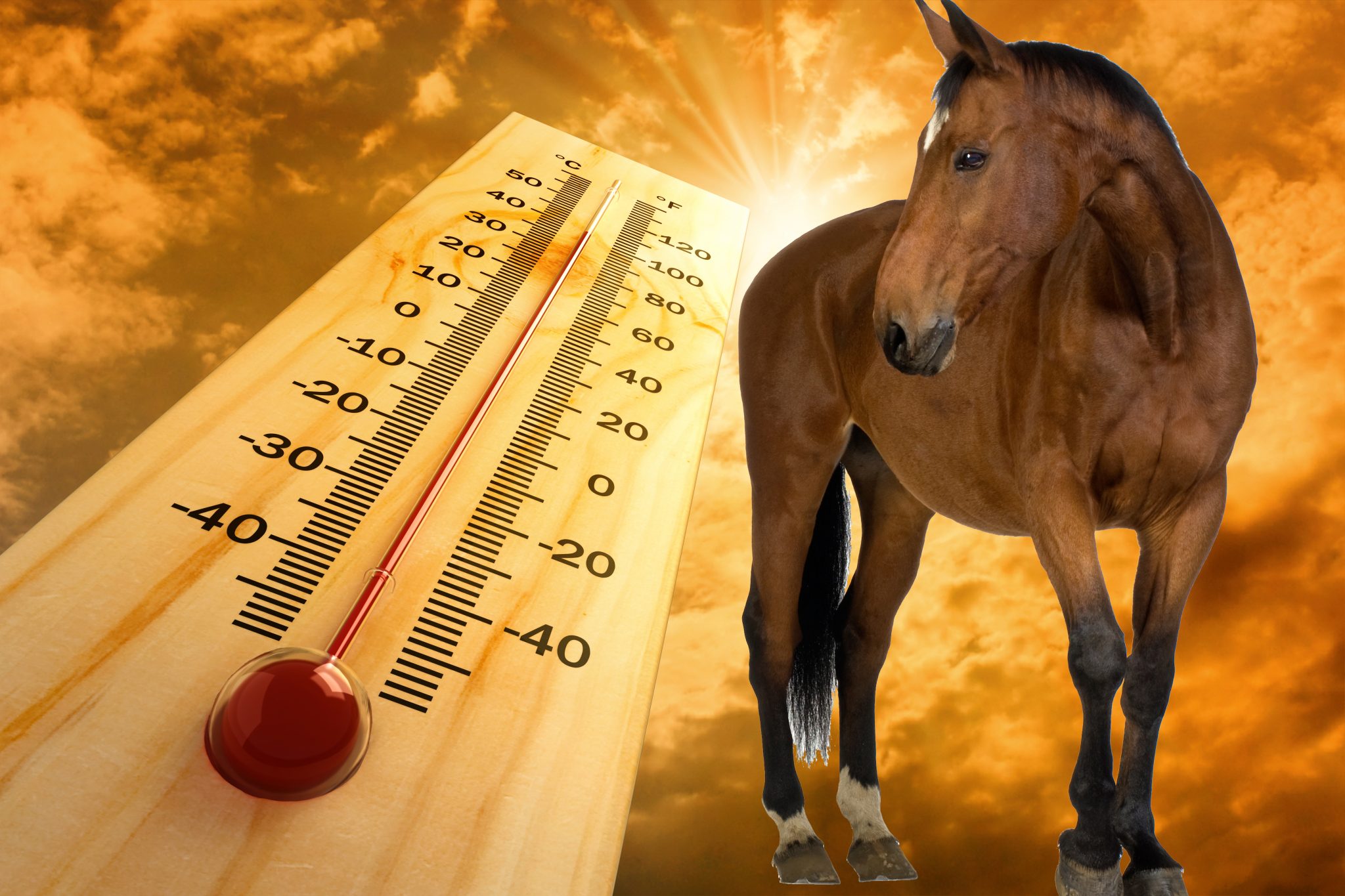By DONYA SATRIALE, CAWA AND COURTNEY LARRIER
IF YOU LISTEN CLOSELY, YOU’LL
realize that your dog has many different types of barks. Each is used as a way to communicate and by determining the cause of barking, you can determine strategic ways to manage it. If you’re getting complaints from neighbors, this is the article for you!
Barking can indicate nervousness, fear, anxiety, boredom, and many other feelings. Step one in combatting excessive barking is figuring out the root cause of the issue.
WOOF: I’M WORRIED!
Anxiety-based barking is one of the most common barks. Anxiety-based barking frequently occurs when you are not around which makes it tricky to deal with. Try to be proactive. By creating a safe place, like a crate with a cover over it or a dim room, you are providing extra layers of comfort. Training your dog to “settle” can be a huge help in these scenarios. You can also practice leaving your dog alone for short periods of time until you can build up to longer separations.
There are many calming aids that are used by themselves or in conjunction with others that can help settle barking dogs. In a 2005 study by Graham, Wells, and Hepper, research showed that dogs exposed to chamomile and lavender spent more time resting and less time vocalizing. These elements affect the central nervous system giving a calming and grounding effect. Introducing these scents to your pup’s daily routine can be beneficial. Always remember a dog’s smelling sense is far stronger than our own, so while using scent to stimulate or calm dogs down remember to not make it overpowering and potentially harmful.
Thundershirts are a great resource for helping dogs cope with anxious behavior relating to fear, separation, summer thunderstorms and so much more! Similar to swaddling an infant, the Thundershirt applies pressure to the animal’s body.
Pairing this vest with calming dog music and a favorite toy or blanket will help achieve a less anxious dog.

WOOF: LOOK AT ME!
Attention-seeking barking is often seen when you are still present with your dog. Attention-seeking behaviors are a clear example of your dog wanting to tell you something. Maybe it’s “take me out,” “play with me,” or even “I want some food!”
A great way to combat attention-seeking barking is to ensure that your dog is receiving an adequate amount of energy release. It’s important to remember that pets need mental exercise as much as they need physical exercise. If your dog is barking excessively, give them more enrichment or longer periods of exercise. You’ll be surprised how quickly the barking behavior can turn around. A tired dog is a good dog.
WHAT IS “ENRICHMENT?”
There is a wide range of enrichment options that you can offer your pet, from puzzle feeders to interactive toys that stimulate your dog’s brain. These forms of enrichment challenge dogs to work for what they want.
Interactive toys are common toys that are not just your average stuffed animal or rope, but a toy your dog has to paw, nuzzle, or roll around to get the food from inside. Engaging dogs through puzzle feeders or interactive toys can ensure dogs are getting the mental exercise they need and provide an alternative to barking behavior.
SAYING “NO” TO “NO!”
When our dogs bark, we often want to tell our dogs “No!” “Stop!” or we get angry. It’s human nature, but this negative attention could actually end up encouraging a dog to bark even more. Our dogs are barking to receive some type of feedback and we need to remember that negative attention is still attention.
The best method is to tell your dog what you DO want from them rather than what you don’t. For example, instead of saying “no,” ask your dog to “settle” on their bed or ask them to sit and focus on you. From this point, you can further determine why your dog was barking and get down to the root cause of the barking.
There are many reasons why dogs bark, but the good news is there are many avenues to get barking under control. Determining the reason for barking and beginning to adjust your actions and schedule can be great first steps in creating a bark-free environment.
TRAINER TIP
If your dog gobbles their food, feed them out of a slow feeder! It is a great way to start and end the day with some proper mental work! Slow feeders, thundershirts and other great training options for your dogs are available at our online pet store: Shop.CharlestonAnimalSociety.org. When you shop with us, every purchase helps us save more lives.




